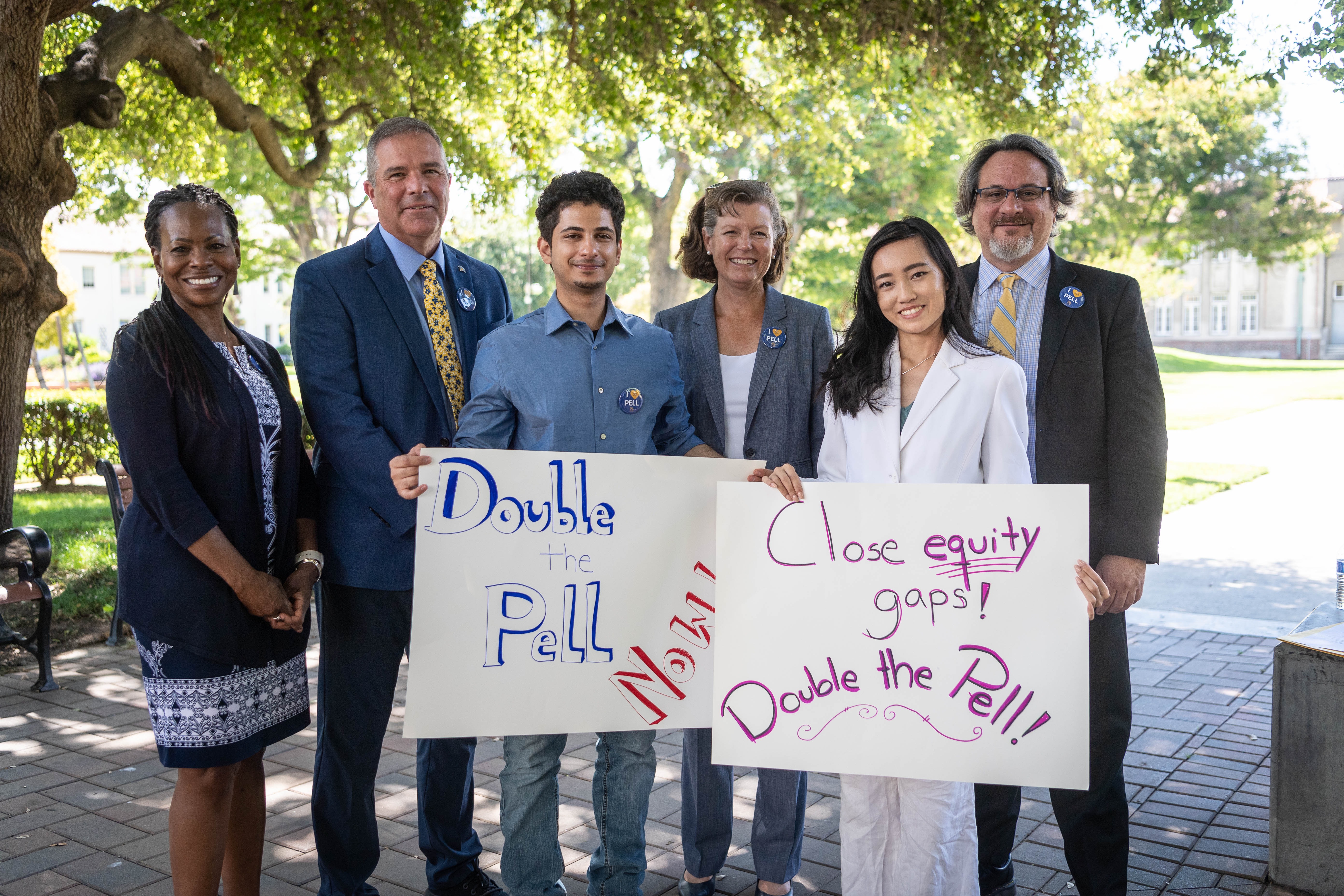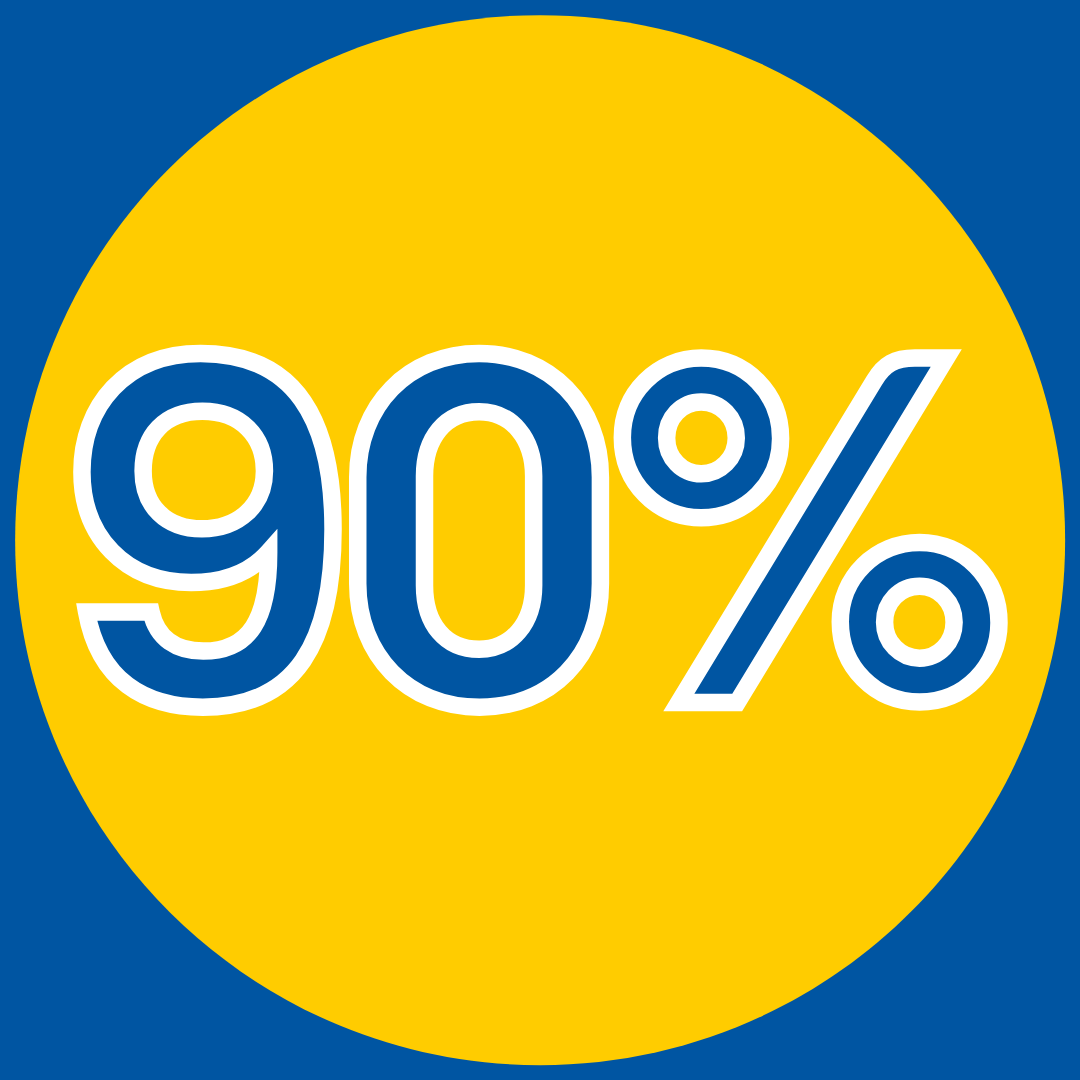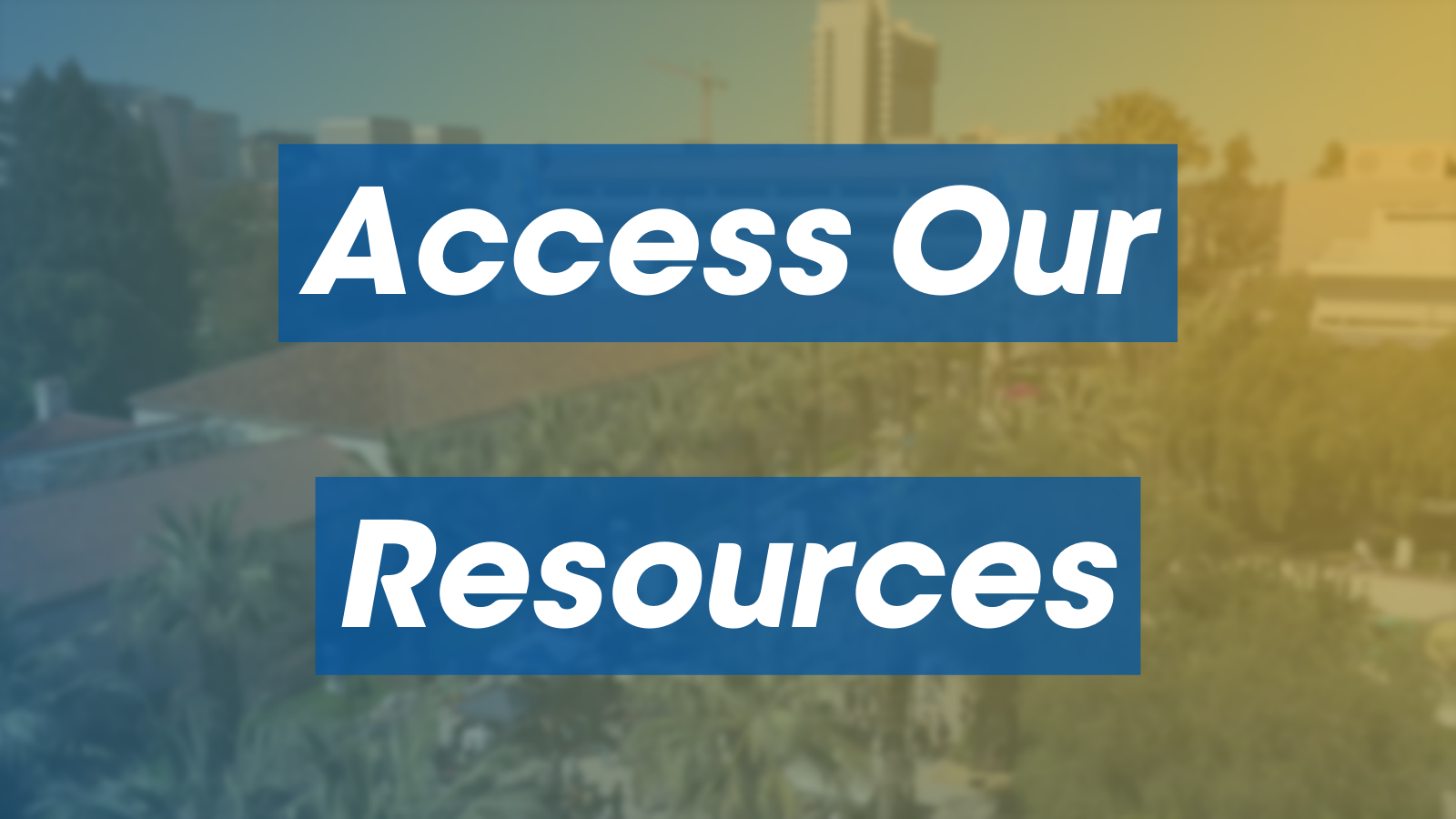Our #DoublePell Stories
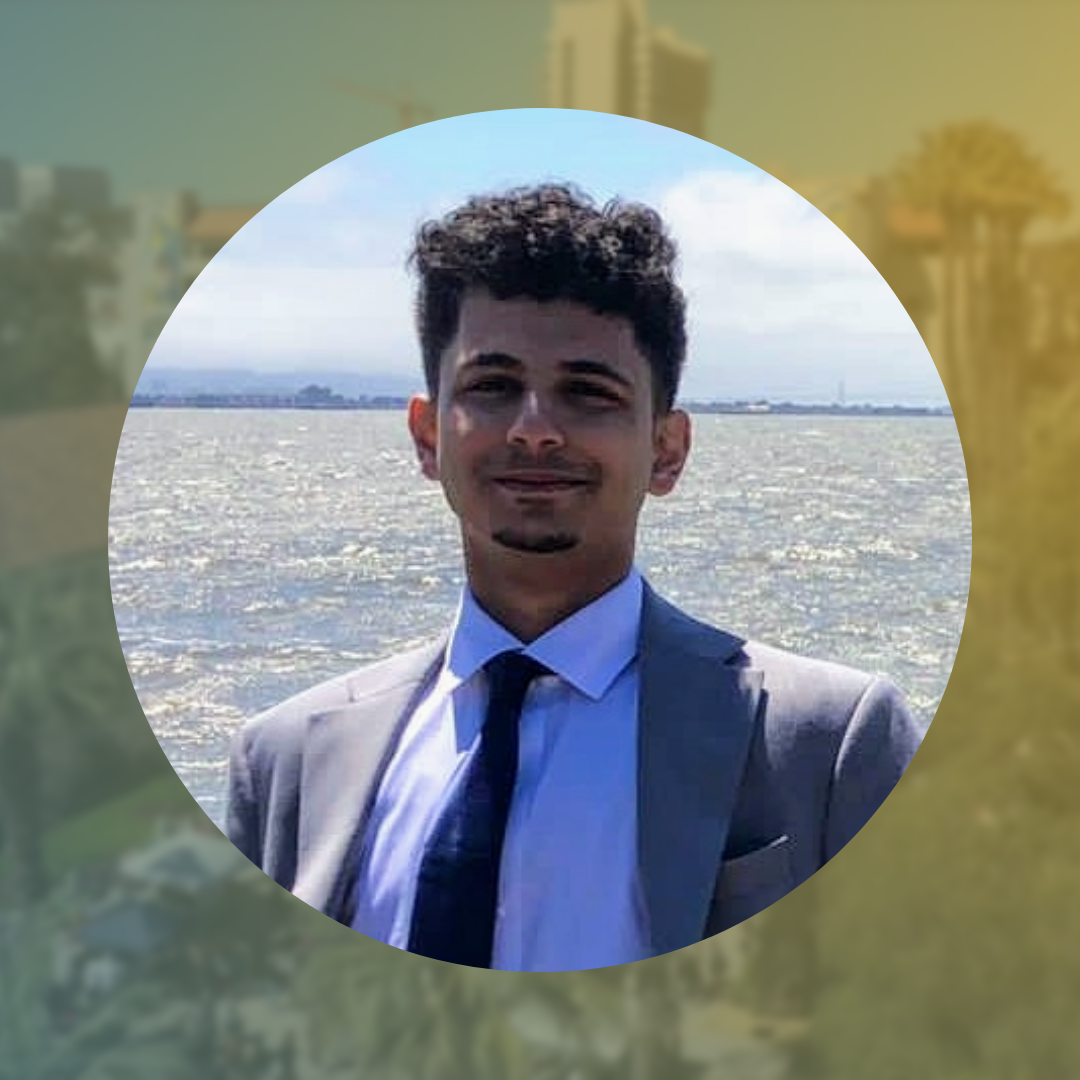
Nasser Albaqqal - SJSU student
"The Pell Grant is the reason why I'm studying here at SJSU. Without it, I wouldn't
be able to afford college. The rising costs of higher education necessitate action
to double the Pell Grant."

Vaishnavi Sunkari - SJSU student
"Throughout high school, I always knew that I wanted to get into a four-year university
but my concern was always about funding. I was so interested in studying and attaining
a higher education but definitely didn't want money to get in the way of that."

Grace Pang - SJSU student
"The cost of living in San José Bay Area is notoriously high- and students are no
strangers to that affordability burden. In fact, a third of SJSU Spartans experience
food insecurity, according to a recent University basic needs survey. Students including
me would greatly benefit from doubling of Pell, institutionalizing support and investment
in our degree completion."

Fredrick Jaymar Ribleza - SJSU student
"Working full-time while being a full-time student is not enough to help me get through
college and the Pell Grant helps students like me by making college more affordable.
Doubling the Pell Grant will allow more people to pursue a higher education and secure
a bright future."

Jordan Patterson - SJSU student
"I have faced great debt having had to take out multiple loans just to get an education.
Double the Pell Grant would greatly impact my life."
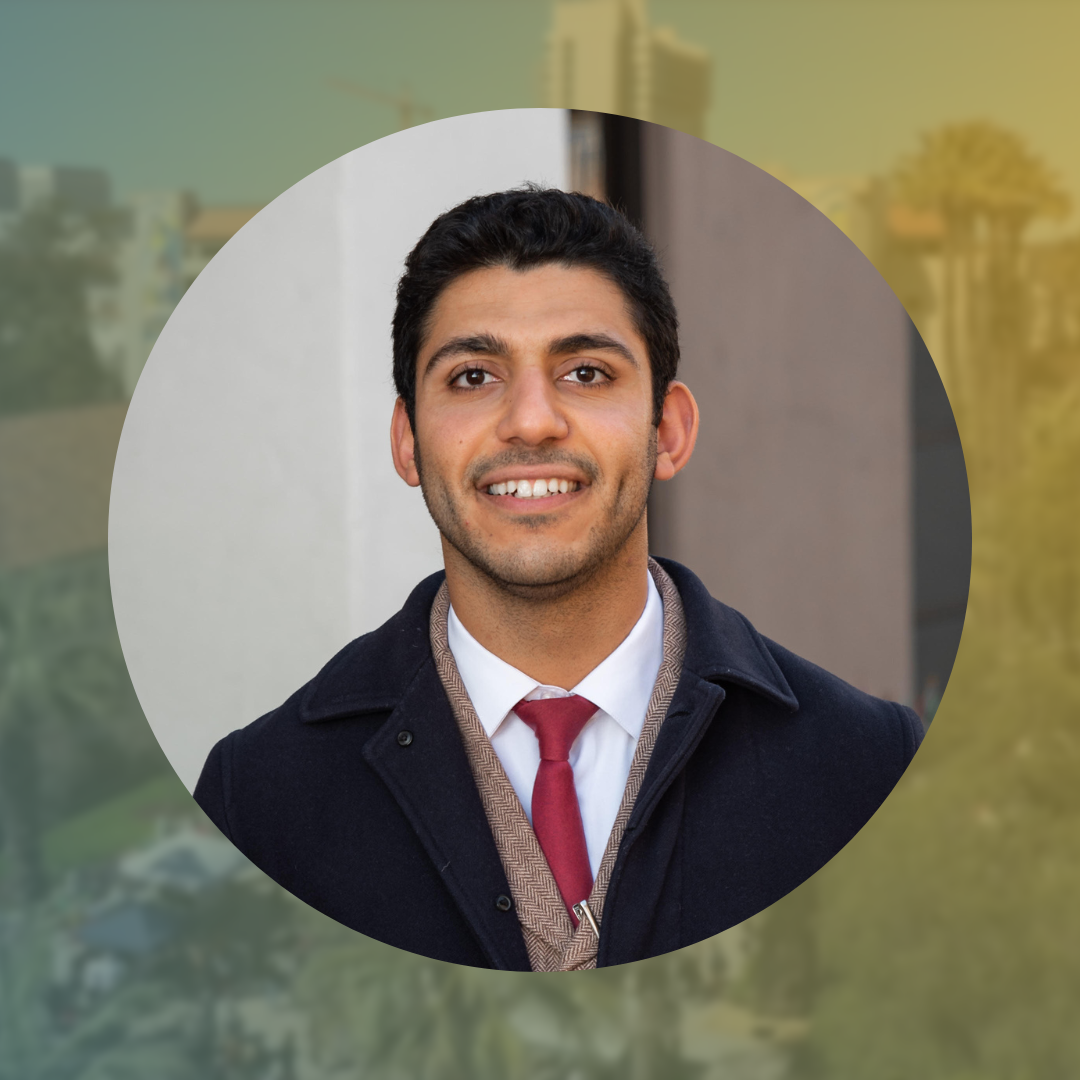
Mustafa Abdulhaq - SJSU student
"Coming to United States as a refugee who's being giving an opportunity to be educated
is a huge deal. As a first generation college student in my family, having a support
system such as double the Pell Grant can grow my confidence and inspiration to finish
the dream degree I am pursuing and other students who are in the same boat."

Pati Lopez - SJSU student
"I am a first-generation college student. I have had to navigate my way into the education
system alone and without much guidance. Throughout all 4 years of college I have maintained
two jobs which still was not enough to provide me stability so I have had to take
out loans on top of that."

Alison Ross-Medina - SJSU student
"As a homeless student in high school, college was off the table for me if I couldn’t
find ways to afford it on my own. Even with receiving the max Pell grant all 4 years,
I’ve had to work 1-3 jobs at all times just to make ends meet. I would have been able
to work less and focus more on school, should I have received more financial aid."

Read more testimonials
We've received hundreds and hundreds of testimonials from students, faculty, staff,
and community partners about how crucial it is to increase funding for Pell Grants.
Connect With #DoublePellSJSU
Recent Double Pell News
NADOHE Calls on Congress to Double Pell Grant
“To build diverse and inclusive campuses, college education must be affordable and
accessible to students,” according to a statement from NADOHE.
Read this article by Arrman Kyaw on Diverse Issues in Higher Education to learn more.
Doubling Pell Isn’t Enough Without Deeper Reforms
The Pell Grant should be doubled, but it should only be applicable to institutions
where Pell combined with other forms of grant aid covers 80 percent of the cost of
attendance.
Read this opinion piece from David Ferreira on Inside Higher Ed to learn more.
Opinion | The Wall Street Journal Is Wrong About Pell Grants
The Wall Street Journal editorial board recently argued that increasing Pell Grants
would drive up tuition costs and that the Pell program is essentially an expensive
failure. But the evidence that federal higher education aid pushes tuition rates higher
is very weak, and the Pell program is a proven, vitally important rung on the ladder
of educational advancement in the U.S.
Read this opinion piece from David Feldman and Donald Heller on Politico to learn more.
Opinion: How can we fix the college affordability problem?
It is no secret that we have a higher education affordability problem in the United
States. The staggering costs can amount to $80,000 per year at private colleges and
universities and $30,000 per year at public institutions. Who can afford that?
Read this opinion piece from Phillip Levine on The Hill to learn more.
